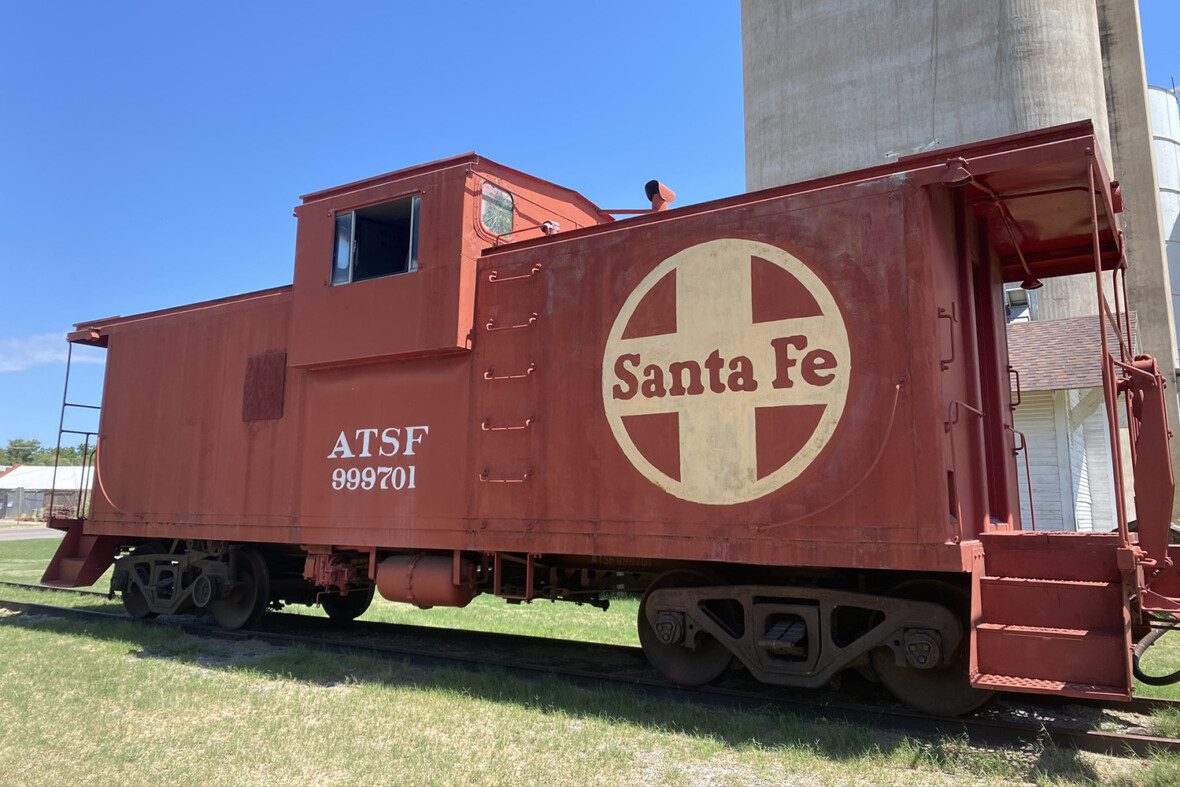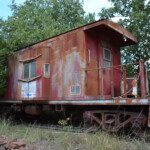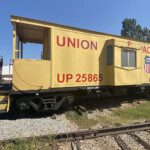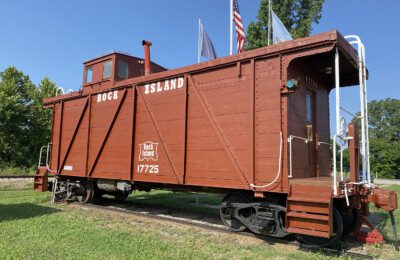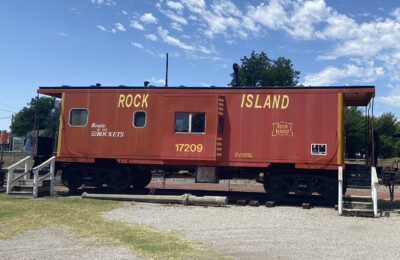As we start this journey into the world of trains–and especially cabooses–I am trying to not get overwhelmed by how much we simply do not know! This will be a fun journey that we are making, one we look forward to.
Technical Information
To start with, there is just the sheer volume of information about trains, cabooses and even railroad operations that is there to learn. More of this information is available online than ever before, but you still have to know where to look to find exactly what you need or want to know.
What I am finding out is that you need to limit the scope of what you want to learn and focus on a small set of facts and data if you want to avoid being overwhelmed. For example, right now I am trying to find out how to identify unique cabooses–and if that is even possible. That simple fact is leading me down a rabbit hole that will take a while to get answers from.
Another thing I need to learn is classifications of cabooses–are there common terms that are used to describe the various categories of cabooses? I don’t know–I need to learn that, too. Are these official, or just various peoples’ opinions?
These are just two aspects that I need to learn about cabooses–and they are dirt simple. I’m not ready to start learning about construction and design, railroad operations–even how people buy them for private use. But all of these things can be accomplished if I focus on one thing at a time, learning as I go.
Simple History
Another broad category of "things to learn" is that of rail history. How were cabooses used? How did these cabooses end up in Oklahoma, and where are they today? As a history buff anyway, this really gets me going. My current reading list is pretty long, so I need to be very selective in what I add.
Which brings me to another point: investigating the actual history of each caboose. There is a lot to learn about each rail car, only starting with the current owner or caretaker. How did it get there? Why did it come to be bought or placed where it is? What happened before that?
There are just so many questions that need answering–and how do you get those answers? Obviously asking the current owners is a start, but what if they really don’t know much? How do you find answers then? That is another skill that I will be learning over time.
People and Places
Finally, and really most importantly, is the journey of just going to new places and meeting new people, all in order to find a caboose. Maybe the caboose is an excuse to go places and meet people… Still, a lot of the fun in doing all of this is to do just that–travel to places we would not ordinarily go, and meet people we never would have met.
Of course, a big part of that is filling my stomach. I love food, and I especially have a weakness for good old-fashioned diner breakfasts. (Traci’s is good chicken-fried steak, but that is another discussion…) Not all learning is found in a book, and learning about the best places to eat in Oklahoma is something that has to be experienced, not just read about.
Another part of meeting people in different places is visiting their local landmarks and oddities. That was what led Traci and me down this road of caboose huting in the first place. Just like the other aspects of caboosing, there is a lot to learn, both in books and in person–and all of it must be handled with focus and dedication. Otherwise, you just get overwhelmed.
But I am glad to be on this journey–and I hope you will all follow us as we make it!
Marc

